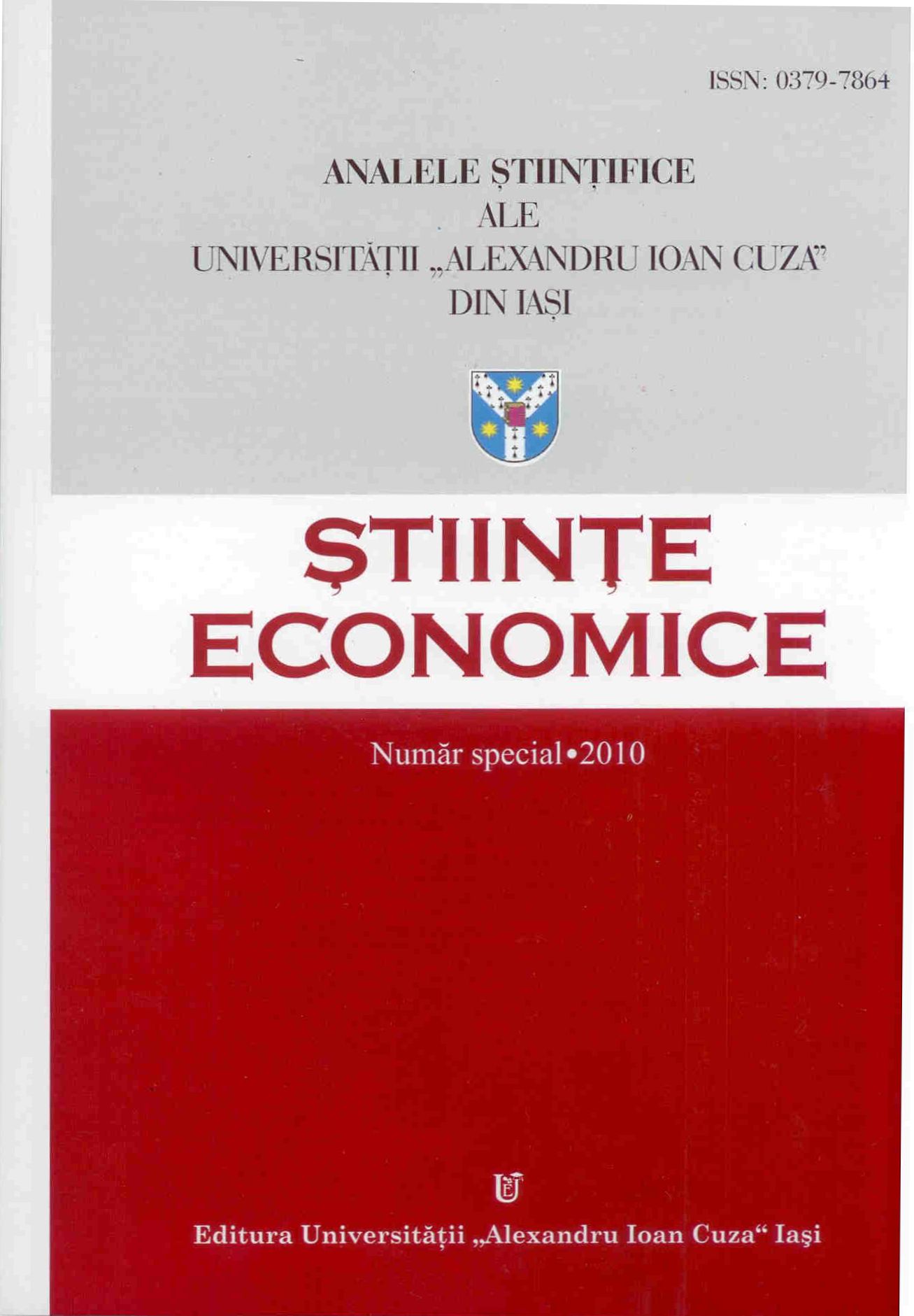Designing and implementing ICAAP process
Designing and implementing ICAAP process
Author(s): Victoria Stanciu, Eden AliSubject(s): National Economy, Business Economy / Management, Policy, planning, forecast and speculation
Published by: Editura Universităţii »Alexandru Ioan Cuza« din Iaşi
Keywords: Capital Adequation; Risk Management; Risk Profile; Basel Requirements;
Summary/Abstract: The aim of the Pillar 2 processes is to enhance the link between a credit institution’s risk profile, its risk management and risk mitigation systems and its capital. ICAAP is part of the risk management process, closing “the ring” of the whole process. Credit institutions should develop sound risk management processes that adequately identify, measure, aggregate and monitor their risks. The direct effect of the risk management process is now reflected in the level of capital needed. The credit institutions are expected to have an adequate assessment process that encompasses all the key elements of capital planning and management and also generate an adequate amount of capital to set against those risks. The fact that the capital adequation has to be monitored following the main risks directs the ICAAP process towards the business lines. The “calibration” of the needed capital level is now done taking into consideration and correlating the following issues: • the bank business strategies on its business lines; • the bank risk appetite reflected in its defined risk profile; • the real exposure at risks as a result of its operational activity; • related risks implemented controls. The present paper focuses on Basel requirements and the means of their implementation. The Romanian regulatory framework has already implemented these requirements. The Romanian banks started to design and implement their ICAAP. Their options related to the risk approach conducts to different ICAAP solutions containing more or less deep defined analysis and scenarios. The authors emphasize the management responsibilities on ICAAP process, and generally on risk management process and presents the decision process based on ICAAP information. The study is based on an analysis and documentation realized by the author in different Romanian banks in her missions on ICAAP assessment aiming to focus on the main components and issues of ICAAP. Based of the analysis developed the authors formulate their opinion regarding the necessary steps to be followed in the next years. The paper presents also the supervisor’s role and challenges related to Pillar 2 requirements.
Journal: Analele Ştiinţifice ale Universităţii »Alexandru Ioan Cuza« din Iaşi. Ştiinţe economice
- Issue Year: 57/2010
- Issue No: Spec
- Page Range: 161-170
- Page Count: 10
- Language: English

